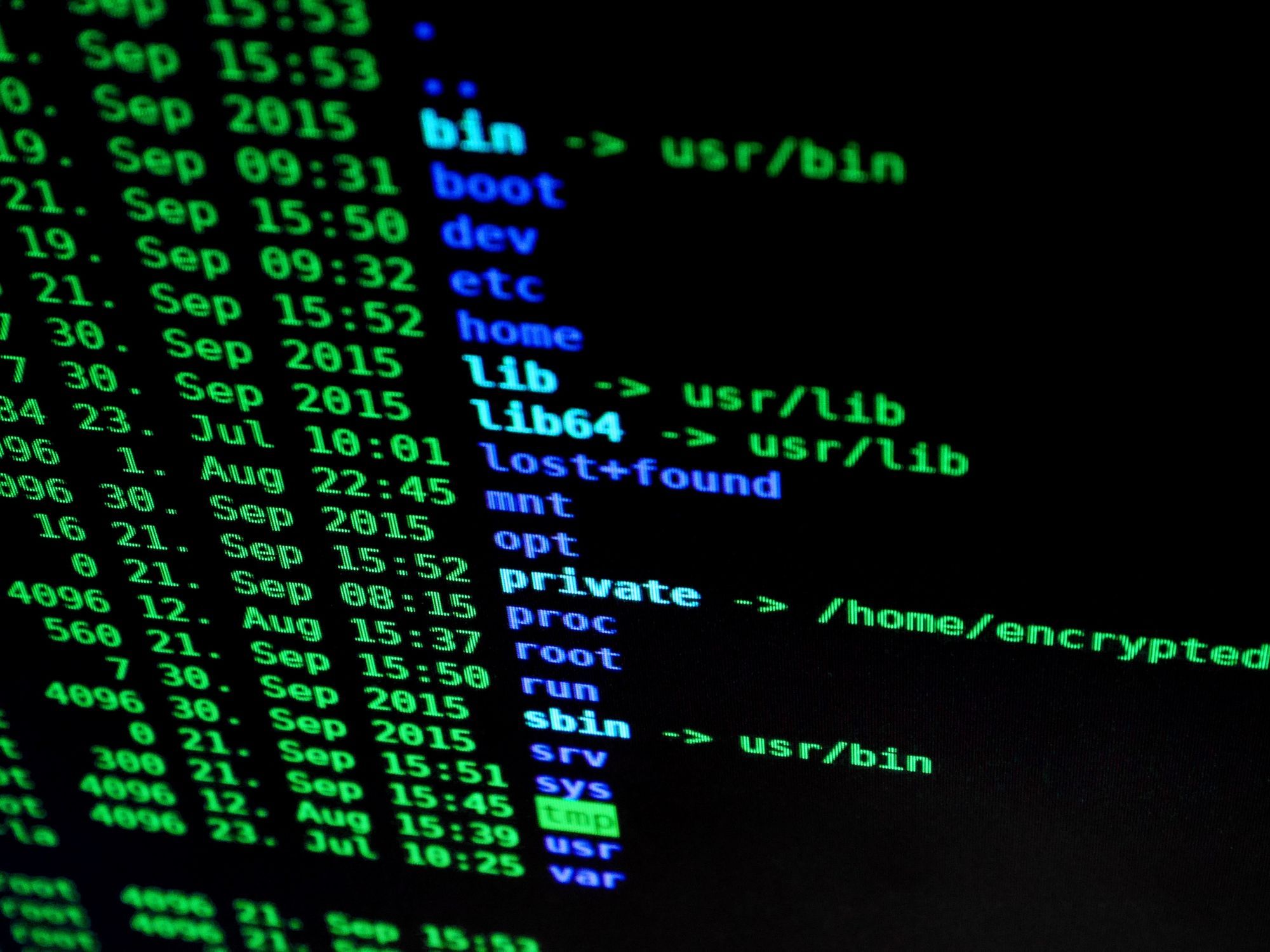Customize ZSH on Ubuntu Server
Step by step instructions to set up ZSH on Ubuntu and other Debian OS
Install and Customize ZSH on Ubuntu Server
As someone who likes simple copy/paste commands to save time rather than Googling every step, this tutorial is designed with that in mind. ZSH is known for its robust feature set, including auto-completion, spelling correction, and more. These are the steps to get it up and running on your system using straightforward, easy-to-follow commands.
Prerequisites
Before getting started, ensure you have an Ubuntu server or another Debian-based Linux distribution installed and ready to go. These commands should work with most current distributions.
Step 1: Install ZSH
Open a terminal window and run the following commands:
1
2
sudo apt-get update && sudo apt-get install zsh -y
zsh --version
What These Commands Do
-
apt-get update: Updates the package list to ensure you have access to the latest software versions. -
apt-get install zsh -y: Installs ZSH and automatically confirms the installation (-yflag). -
zsh --version: Verifies that ZSH has been installed correctly by displaying its version.
Step 2: Set ZSH as Default Shell
In your terminal, run:
1
chsh -s $(which zsh)
What These Commands Do
-
chsh: Changes your current login shell. -
-s $(which zsh): Specifies ZSH as the new default shell by providing its path ($(which zsh)).
Step 3: Install Oh-My-Zsh
Open your terminal and run:
1
sh -c "$(curl -fsSL https://raw.githubusercontent.com/ohmyzsh/ohmyzsh/master/tools/install.sh)"
What These Commands Do
-
curl: Downloads the installation script from the Oh-My-Zsh repository. -
sh -c ...: Executes the downloaded script, which installs Oh-My-Zsh and sets up your environment.
Step 4: Customize Oh-My-Zsh
Explore Themes
Oh-My-Zsh comes with a wide selection of themes to choose from. To see what’s available, run:
1
ls ~/.oh-my-zsh/themes/
You can change the theme by modifying the ZSH_THEME variable in your .zshrc file.
Example: Change Theme to “agnoster”
Open your .zshrc file with a text editor like nano or vim and add:
1
export ZSH_THEME="agnoster"
Install Powerline Fonts
To enable special characters (like Unicode glyphs) in your prompt, install the Powerline fonts.
Run this command to install Powerline fonts:
1
sudo apt-get install fonts-powerline -y
Step 5: Customize Prompt
A well-crafted prompt can provide valuable information at a glance, such as your current directory or git branch. Here’s an example of how to customize your prompt using colors and Git integration.
Example Customization
Open your .zshrc file and add the following line:
1
PROMPT='%{$fg_bold[blue]%}%m%{$fg_bold[red]%}|%{$fg_bold[cyan]%}%1~%{$reset_color%}%{$fg_bold[red]%}|%{$reset_color%}$(git_prompt_info)%{$fg_bold[cyan]%}⇒%{$reset_color%} '
Explanation
-
%m: Displays the hostname. -
%1~: Shows the current directory (up to 1 level). -
git_prompt_info: Displays Git information if you are in a git repository.
Conclusion
Congratulations! You’ve successfully set up and customized ZSH on your Ubuntu or Debian server. This should provide a more efficient and enjoyable shell experience for managing your system.
Feel free to explore Oh-My-Zsh further by checking out its official documentation!
By following this guide, you can make the most of ZSH’s capabilities on your Linux server. Happy coding!
